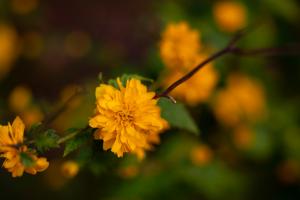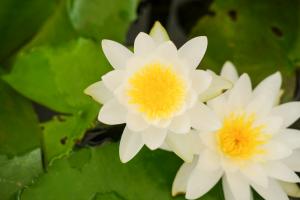Can You Plant Shade Trees in Fall?
Planting trees is beneficial for both the environment and your personal space. Trees provide shade, shelter, and aesthetic value to your property. But the question is, can you plant shade trees in the fall? The answer is yes, you can. In fact, fall is the best time to plant trees.
Why Fall is the Best Time to Plant Trees
Fall is a great time to plant trees because of the cooler temperatures and moist soil. Trees planted in the fall have a better chance of survival because the soil is still warm enough for root growth. The cool temperatures above ground are also less stressful for young trees, and there is less chance of heat stress or wind damage.
In addition, planting trees in the fall allows them to establish their root systems before winter dormancy. This means that come spring, the trees will be ready to grow and thrive.
Choosing the Right Shade Tree to Plant
Choosing the right shade tree to plant is an essential step in the process. You should take into consideration the size of your property, the climate in your area, and your personal preferences.
Some popular shade trees include Oak, Maple, Birch, and Dogwood. These trees are great for providing shade, shelter, and beauty to your property. You may also want to consider fruit trees, like apple or cherry, as they not only provide shade but also have the added benefit of producing fruit.
How to Plant Shade Trees in the Fall
Planting a shade tree in the fall is a relatively simple process. Here are the steps you should follow:
Location: Choose the location for your tree carefully. Make sure it is away from power lines and other obstructions, and that it has enough space to grow.
Digging the Hole: Dig a hole that is two to three times wider than the root ball of your tree and of the same depth.
Preparing the Soil: Break up any clumps of soil in the bottom of the hole, and add some compost or organic matter to the soil. This will help the roots to develop more quickly.
Planting the Tree: Place the tree in the center of the hole, making sure it is straight. Backfill the hole with soil and tamp it down firmly to eliminate any air pockets.
Watering: Water the tree generously, and add a layer of mulch around the base.
Caring for your Shade Tree
Once your tree is planted, you'll need to care for it properly to ensure its health and longevity. Here are some tips for caring for your shade tree:
Watering: Water your tree regularly for the first two years after planting. After that, only water it during dry periods.
Fertilizing: Fertilize your tree once a year, in the early spring or fall. Use a slow-release fertilizer for best results.
Pruning: Prune your tree only when necessary, and only in the early spring or late fall.
Pest Control: Keep an eye out for pests and treat your tree with insecticides if necessary.
In Conclusion
Planting shade trees in the fall is a great way to add value to your property and help the environment. Remember to choose the right tree for your location, follow the proper planting procedures, and care for your tree properly. With a little attention to detail, your shade tree will grow and thrive for years to come.

 how many times do yo...
how many times do yo... how many planted tre...
how many planted tre... how many pine trees ...
how many pine trees ... how many pecan trees...
how many pecan trees... how many plants comp...
how many plants comp... how many plants can ...
how many plants can ... how many plants and ...
how many plants and ... how many pepper plan...
how many pepper plan...































